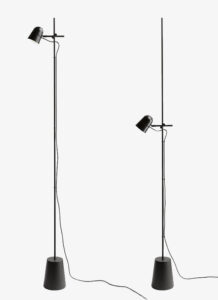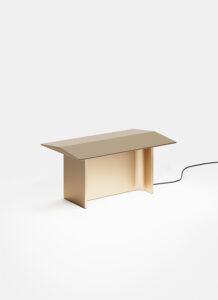Designers
Daniel Rybakken


1/2
2/2
Nato nel 1984, Daniel Rybakken cresce a Oslo, Norvegia. Studia design alla Oslo School of Architecture e alla School of Arts & Crafts a Gotenborg, Svezia. Laureatosi con un Master in Belle Arti, nel 2008 apre il suo studio di design sia a Oslo che a Goteborg.
Rybakken ha ricevuto numerosi premi, incluso il “Best of the Best” Red Dot Award a Singapore nel 2007; il “Anders Jahre’s Cultural Prize for Young Artists” a Oslo nel 2008 e il “Design Report Award” come miglior designer al Salone Satellite di Milano nel 2009. Il lavoro di Daniel Rybakken si pone tra arte e design, formando edizioni limitate, installazioni artistiche e prototipi per produzioni di serie.
Prodotti correlati

Amisol Sospensione,
Designed by Daniel Rybakken
Ascent Tavolo,
Designed by Daniel Rybakken
Cassette Soffitto Parete,
Designed by Daniel Rybakken
Compendium Terra,
Designed by Daniel Rybakken
Compendium Sospensione,
Designed by Daniel Rybakken
Compendium Circle Sospensione,
Designed by Daniel Rybakken
Compendium Plate Soffitto Parete,
Designed by Daniel Rybakken
Counterbalance Parete,
Designed by Daniel Rybakken
Counterbalance floor Terra,
Designed by Daniel Rybakken
Counterbalance Spot Soffitto Parete,
Designed by Daniel Rybakken
Fienile Sospensione,
Designed by Daniel Rybakken
Fienile Tavolo,
Designed by Daniel Rybakken
Fienile Outdoor Terra,
Designed by Daniel Rybakken
Millimetro Sospensione,
Designed by Daniel Rybakken
Millimetro Parete,
Designed by Daniel Rybakken
Stochastic Sospensione,
Designed by Daniel Rybakken